Did you know that the first-ever soccer cleats were owned by King Henry VIII and were custom made by his royal shoemaker, Cornelius Johnson in 1525? This was way after people had started playing soccer in England and were using their normal work boots while playing. The new soccer shoes resembled ankle boots and were made of rigid leather, which made them much heavier than ordinary shoes during that time. A particular feature of these cleats was that they had metal studs in the outer soles for more grip in the field. This new invention would soon see a significant evolution of soccer cleats as new technologies emerged and more demand grew. We take a look at some of the significant changes that have taken place over the years since the invention of the first pair of cleats.
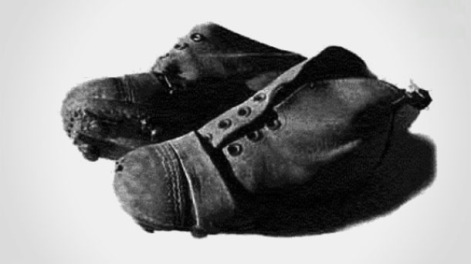
Early 1900s
As the love for playing soccer took off, so did the manufacture of soccer cleats from different parts of the world. For instance, in Germany the Dassler Brothers Shoe Factory owned by two brothers Adolf and Rudolf manufactured soccer cleats with interchangeable studs which could be adjusted to fit different field conditions. This made the shoes last longer since one only had to replace the stud when they wore out. Other significant brands were Gola and Valsport as iterated in footballhistory.org.
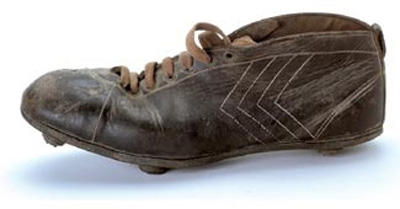
1940-1960s (Post World War II)
The end of World War II saw an impressive growth for international soccer because there was peace and people could travel to different countries for matches. Consequently, there was a need for more soccer cleats and different companies aimed at producing the best soccer cleats for players. The focus on the shoes shifted from simply protection to more comfort and adaptation to enhance the players’ tactics. This is also the period when the famous Dassler Brothers Shoe Factory got dissolved and the two brothers, Adolf and Rudolf, went ahead to form their individual companies, Adidas and Puma respectively with Adolf birthing Adidas from the original company.
With the advent of technology, the materials used in the manufacture also changed from leather to lighter materials for more comfort. The studs were now made of plastic and rubber rather than metal to reduce the risk of injuries.
Puma’s Super Atom cleat became famous after soccer icon Pele wore it during the 1970 World Cup. The popularity of Adidas cleats also grew with more and more players wearing Adidas during international matches
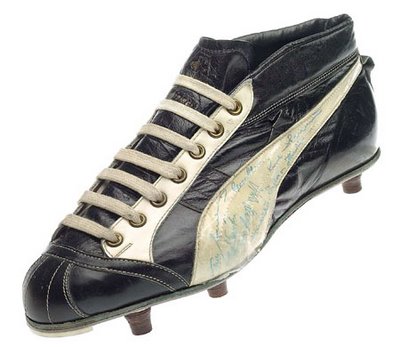
The 1970s
The manufacturing of cleats became more competitive and companies now started focusing on design to outshine their competition. Brand endorsements and sponsorship also became a norm with different brands sponsoring players or teams to market their cleats. Adidas, however, became the best-selling brand around 1979 and made their cleats from kangaroo leather.
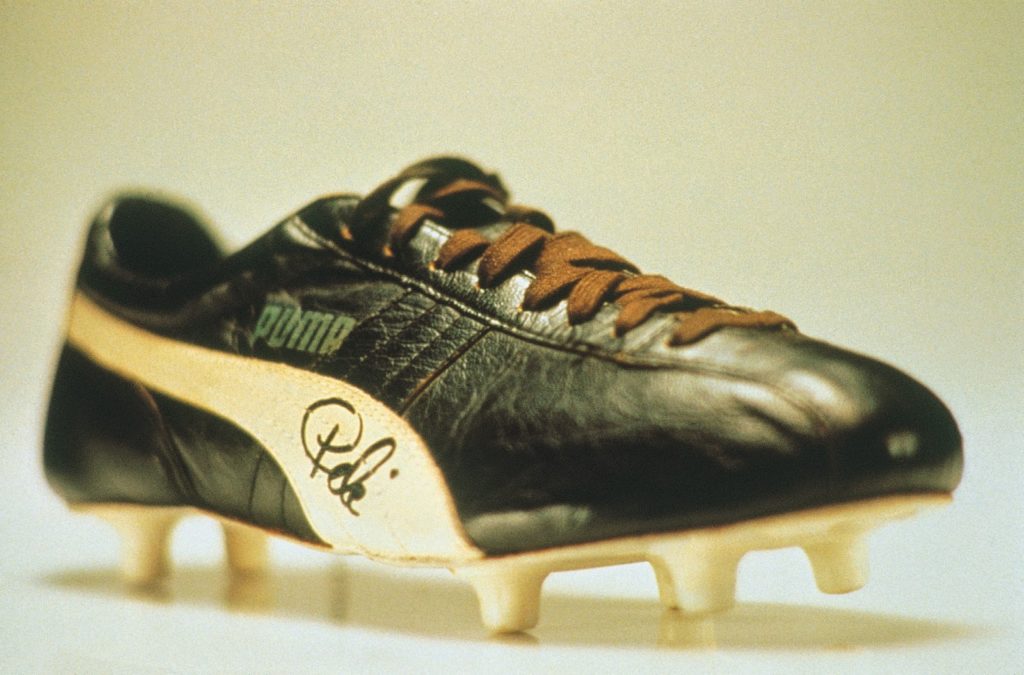
The 1980s
By this time, pretty much had been done in terms of design and structure of soccer cleats. Other companies were emerging and cleats became lighter and lighter and even more comfortable. For instance, Italian company LOTTO, Spanish company KELME became popular in 1982. Later in 1985, British company UMBRO also started manufacturing cleats.
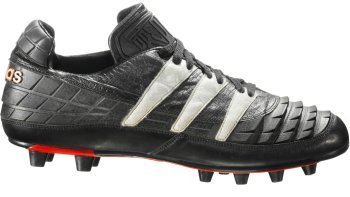
The 1900s
Adidas, which had now shaped the soccer cleats market, introduced the now-famous predator cleats which were originally designed by Craig Johnson, making it even more famous. The 1900s and early 2000s saw new market entrants such as NIKE, Hummel, Nomis, and Diadora.
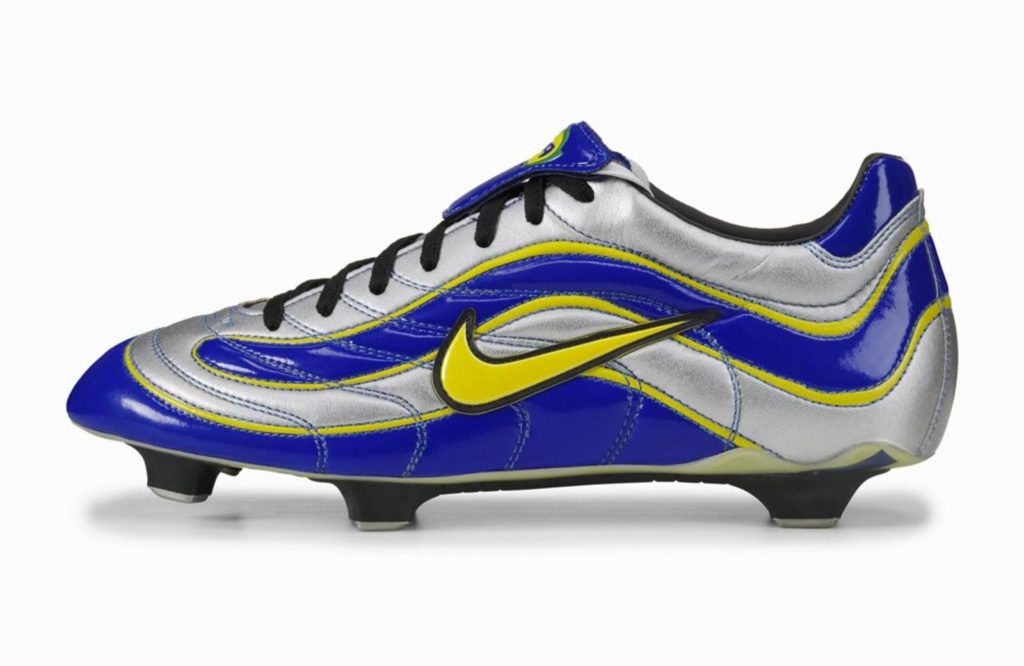
The new Millennium
With the new millennium came new technology. This is perhaps the period when the design and manufacturing techniques have significantly taken shape for soccer cleats. Soccer is now a world sport and there are innumerable companies which are now manufacturing soccer cleats from different parts of the world. Each one competes with the other and players have a wide array of brands to choose from. New trends are also emerging along with the advancing technology. For instance, custom-made cleats are becoming more popular with famous football players having cleats specifically designed for them and even have their names or jersey numbers printed on the cleats.
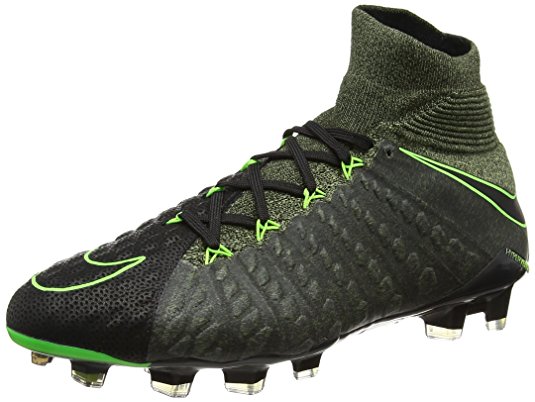
Intelligent cleats
Technology has taken over every other industry and soccer cleats are not left behind. So much so that there are now tech cleats fitted with microchips to track a player’s performance and provide a track record and analysis on areas they need to improve on. Companies such as Adidas, with their new miCoach technology, can track a player’s performance and provide analysis for improvement. They have AI devices fitted in the cleats to do that.
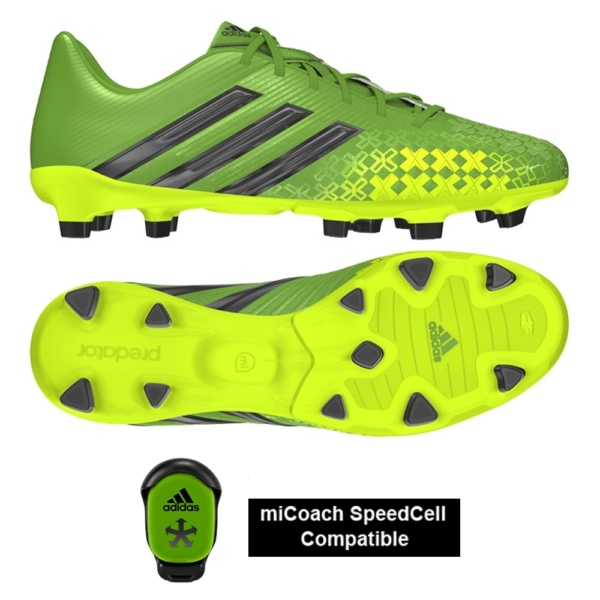
We do not know what the future holds for soccer cleats but we can be sure that a lot is going to change in the coming years with the rapidly dynamic technology of the present day.


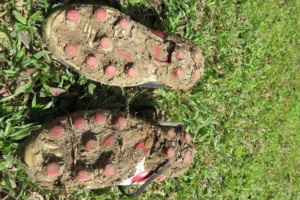

0 Responses